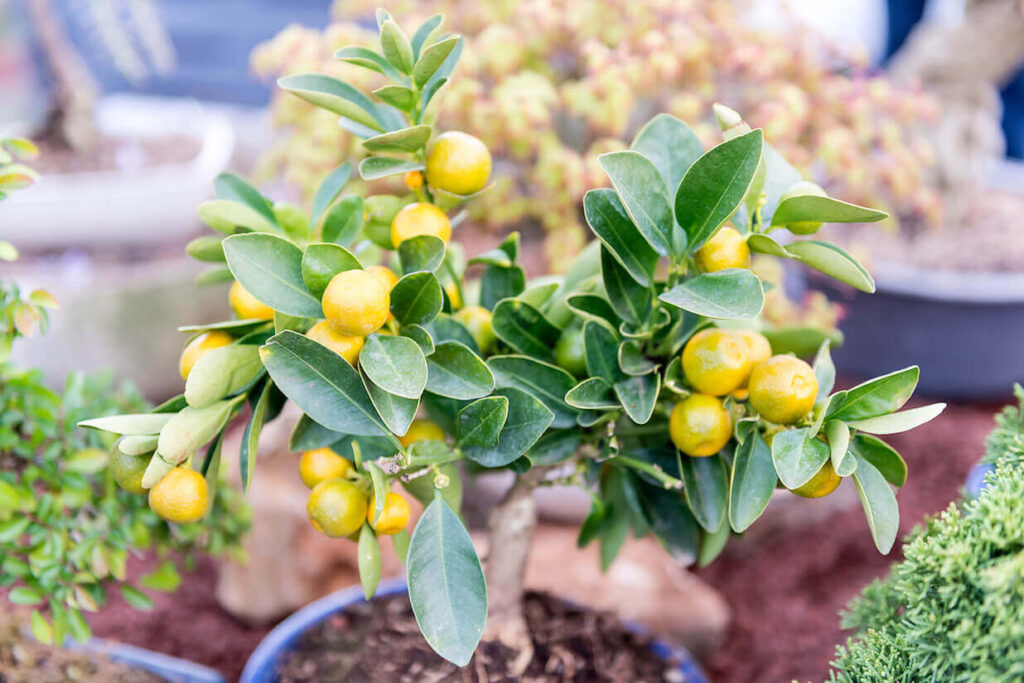Raised garden beds are a great way to increase crop productivity and maximize space! Plus, they reduce the time required to bend and weed, allowing gardeners more time to manage soil quality, ward off pests, and provide a warm, fertile environment that encourages root system growth.
The benefits of growing vegetables in raised garden beds for long-term viability cannot be emphasized enough. Here are some important things to know so that you can make sure your investment in raised garden beds are worth it:
Raised Bed Soil Composition & pH
Soil composition is crucial when planting vegetables in raised garden beds, and fortunately you can amend your soil to improve its quality! To ensure maximum growth, you should aim for soil between 5.8 to 7.5 on the pH scale when growing vegetables in raised garden beds.
Sunlight
When planting vegetables in raised garden beds, choose a location in your yard that receives at least 6-8 hours of sunlight per day.
Raised Bed Watering
Soils in raised garden beds are more prone to drying out than in-ground soils and need to be thoroughly watered regularly.
- Retain moisture by adding a few inches of mulch to your raised garden beds.
- Water your garden well in the morning so it doesn’t evaporate as quickly. Morning watering can protect your plants’ leaves from diseases by allowing them dry in the sun throughout the day.
- Remove weeds to prevent them from depleting your soil’s nutrients and moisture. It is usually easier to remove weeds before they take root or seed your entire garden, especially when the soil is wet.
Soil Nutrients
To reach their full potential, vegetable plants require regular nutrition. These are some ways to add nutrients to the soil while planting or growing vegetables in a raised garden bed!
- Amend your soil at least twice a year with compost, worm castings, and other organic material.
- Apply a slow-release organic fertilizer to your garden.
- Consider planting heavy feeders in addition to plants that fix nitrogen into the soil during growth, such as beans or other legumes.
Raised Bed Garden Spacing and Height Considerations
When planting vegetables in raised beds, it is important to know your plants’ height and spread requirements. When plants are too close together, they will compete for nutrients, water, and sunlight, making them less productive and more susceptible to diseases.
- Check the height and spread estimates of your plants before you plant them. Even a tiny seed can become a large plant.
- Raised garden beds allow plants to spread out over the sides of the bed. You can also use support trellises and obelisks for vertical growth to increase the space available for your vegetables.
- Plants that grow tall can overwhelm smaller varieties. To ensure that small vegetables get enough sunlight, place taller plants, such as okra and corn, in the middle or back of your garden.
- Vertical and overflow techniques allow you to place plants closer together, ensuring that every square inch of your garden bed is productive and utilized.
- Vertical supports and succession planting are examples of small-space gardening techniques that can maximize space.
Raised Bed Depth Considerations
Even though they share the same garden, different vegetables require different soil depths. Their roots can cause problems for their neighbor’s root systems if the soil isn’t deep enough. Keep raised garden beds at a substantial depth so that roots do not interfere with the growth of other plants.
Prevention of Raised Garden Bed Pests
You can’t eat your vegetables if pests have eaten them first! It is easier to manage damaging insects and deter garden pests from munching on your vegetables when you are planting and growing vegetables in a raised bed.
- Raised beds are intrinsic protection for the roots of plants against tunneling pests. You can use row covers and hardware cloth on and underneath your raised garden beds for extra protection.
- Every day, visit your raised garden and inspect each plant for signs or pests.
- Interplant with flowers and plants that repel pests naturally and attract pollinators and other insects that will benefit your garden.
Raised Bed Succession Planting
If you plan well, even small spaces can produce a variety of vegetables during the growing season. To ensure a steady supply of produce, succession planting involves the practice of sowing crops at regular intervals. After harvesting the previous crop, succession planting involves planting a new seed. You can check the time it takes for vegetables to mature. Sometimes, you can be creative and add other vegetables to your garden that mature faster or nestle in a succession of crops after a large vine has died. For example, you can plant radishes or lettuce greens to get a harvest before the larger plants with their swooping vines take over. When large crops such as tomatoes, squash, or eggplant cease producing, you can pull them out and plant other season crops that will thrive in cooler temperatures, like lettuce, kale, and broccoli. Before planting your next crop, amend the soil with organic matter.
Raised Bed Companion Planting
You can grow many different types of plants in raised vegetable garden beds, and some plant combinations can really help your garden thrive. Companion planting can help increase soil nutrients, repel pests, attract beneficial pollinators, and improve your plant’s flavor. There are many duos that can be planted together in vegetable gardens. Some plants make great neighbors, while others do not. This is where trial and error can help determine what works and what doesn’t. These are our top pairings for growing vegetables in raised gardens.
- Plant onions near carrots to repel carrot flies.
- Use basil to enhance the flavor of tomatoes and peppers and repel spider mites.
- Place marigolds next to tomatoes to repel nematodes.
- Grow corn and beans together to maintain your soil. Beans are a nitrogen-rich crop, and corn requires a lot of nitrogen to grow. In addition to maintaining your soil’s nitrogen levels, corn can also be used to support bean vines.
- Repel cucumber beetle or aphids by placing marigolds and nasturtiums next to cucumbers.
- Protect your plants from the heat by planting broccoli and carrots in the shade of taller tomato plants.

